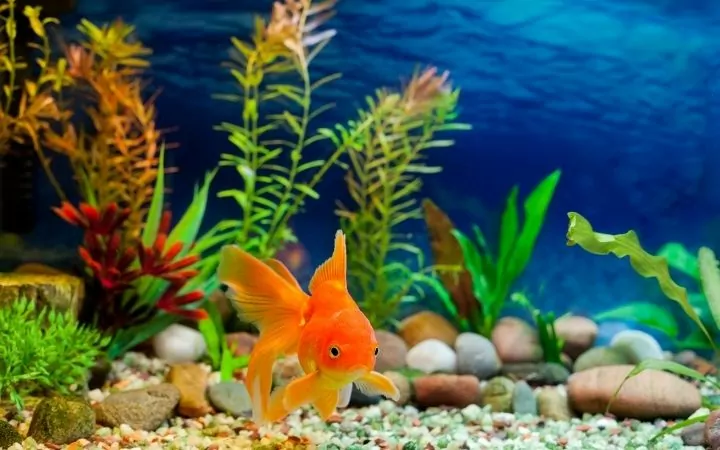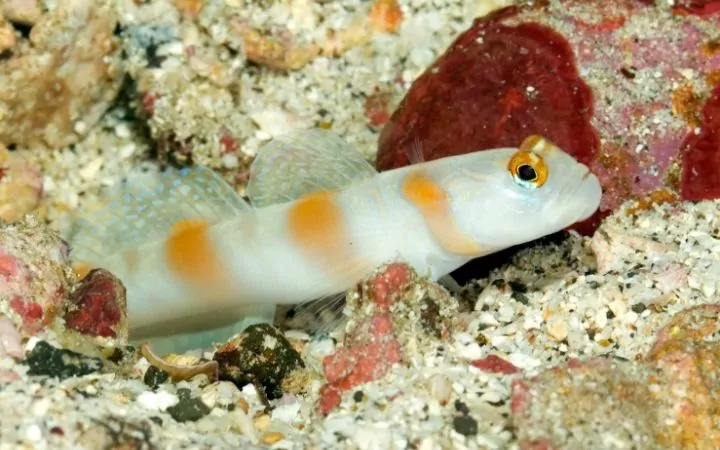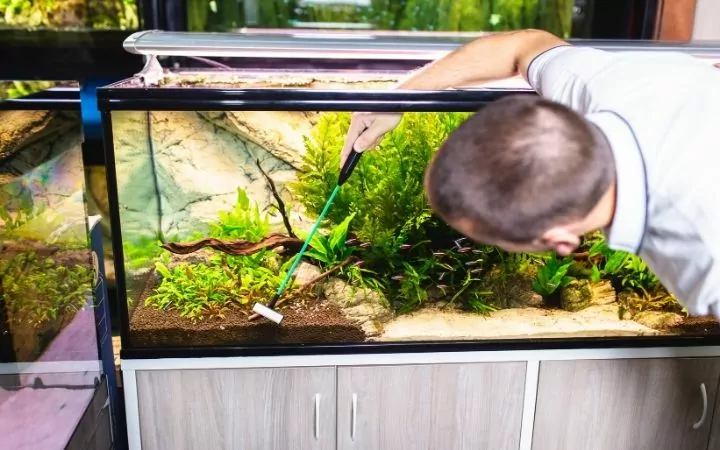Most of us have a brief knowledge of fish. Goldfish at a carnival, tropical fish in a decorative fish tank, but let’s really dive in here. There is a whole world we are missing. Fish are a great source of endless information and are a lot of people’s passion.
What is even more remarkable is the educational world that lies within it. One disease, in particular, is on our radar, viral lymphocystis. Because of its unattractive side effects and also the way it affects our freshwater fish. Read below to expand your knowledge base on it.

An Introduction to Viral Lymphocystis in Fish
Lymphocystis is a viral disease in freshwater as well as marine (saltwater) fish. Coming from the Iridovirus family, it affects invertebrates and amphibians as well.
It is characterized by skin nodules along the fins and the oral cavity. Sometimes it starts as a thin film progressing into lumps and bumps. It’s closely related to the megalocytivirus.
Typical Signs and Types of Lymphocystis
Some clinical signs of lymphocystis are:
- Raised bumps on fish (oral cavity, fins, and gills)
- It can start as a hazy film.
- The bumps are pink to white in color.
The lesions that are caused by Lymphocystis are non-pathogenic (not harmful) and usually clear up on their own. However, if secondary infection occurs, complications may arise. The nodules can be visible by the naked eye, but microscopic examination is used to identify the type of iridovirus causing it.
Two types of lymphocystis disease virus occur in marine fish. They are relative to the species it infects. They are:
- Lymphocystis disease virus 1 infects Flounder and Plaice.
- Lymphocystis disease virus 2 infects Dab.

Etiology and Diagnosis of Viral Lymphocystis in Marine Species
As stated above, Lymphocystis is caused by iridovirus. Iridoviruses are classified as having double-stranded DNA. Recognized worldwide, this disease’s host range belongs to over 125 species of freshwater and marine fish.
The disease is not temperature sensitive and affects fish regardless of cold or warm water. It also does not discriminate against the salinity of the water attacking both freshwater and marine fish.
Diagnosis is based on physical exam, skin cytology, and/or skin biopsy. Your veterinarian will do a skin scrape to rule out other diseases such as:
- White ICH– a parasitic infestation that is characterized by white bumps on your fish’s body. This can eventually kill your fish and can be spread from tank to tank.
- Epitheliocystis– a disease in fish that attacks the gills and skin of your fish. It is caused by pathogenic bacteria. This will cause white spots to appear on the gills and skin that can lead to severe infection. It can possibly lead to your fish’s gills sticking together.
- Walleye dermal sarcoma– growth that is caused by a virus that causes warts and tumor nodules on the fish’s body.
- Idiopathic epidermal hyperplasia– a rare disease that results in pink or white lesions on your fish’s skin. Its cause is unknown and usually shows a thickened epidermis.
Contributing Factors to the Spread of the Disease
The transmission can occur in a few ways. They are listed below:
- Through open wounds on your fish in virus-containing waters.
- Through fish ingesting virus cells.
- From cohabitation in virus-infected waters.
It’s important to note that this virus can survive a long time in the environment and infect asymptomatic (without symptoms) fish. This makes it harder to control since you may not be aware that any fish have it.

Susceptible Fish Species
As stated prior, there are over 125 species of fish that are affected by Viral Lymphocystis. Some of the most common ones are:
- Butterflyfish
- Cichlids
- Damselfish
- Wrasses
- Gobies
- Rabbitfish
- Snappers
- Drums
- Bass
- Sunfish
- Perches
- Crappies
- Herrings
- Smelts
- Batfish
- Scorpionfish
- Goatfish
- Scats
- Flounder

Is Lymphocystis Contagious to Humans?
Lymphocystis is not a zoonotic disease, meaning it cannot be spread to humans. So you are safe to handle your fish worry-free. However, it is known to spread from fish to fish, frogs, snakes, and insects.
Treating Viral Lymphocystis in Fish
There is no one specific treatment or vaccine for Viral Lymphocystis in fish. However, there are a few things you and your veterinarian can do to help it. For one identifying the right disease to make sure you are properly treating it. You can also isolate that fish to prevent further contamination or the spread of disease.
All fish should be monitored for any opportunistic fungal diseases or secondary bacterial infections. Should either occur, then treatment with the appropriate medication must be given to prevent further damage to your fish.
Your fish should also be monitored to ensure they are eating okay. When nodules occur in the mouth, it can disrupt your fish’s eating habits leading to more severe issues.
Surgical removal or debunking of particular large nodules that interfere with your fish’s breathing or movement can be done.
Viruses tend to spread and get worse when the immune system isn’t in tip-top shape. Stress is one of those things that can weaken your immune system. Therefore doing your best to eliminate stress will help keep the virus from worsening.
There are a few ways you can go about limiting stress. Make sure your fish is given the time to accumulate in their surroundings. Avoid harsh environments, and always practice proper handling and social surroundings.
Disinfecting Your Equipment After Use
As with any infectious disease, you want to make sure your equipment is cleaned and disinfected after you use it. This is done to avoid the spread of the virus. There are many controversies when it comes to disinfecting your equipment and tank for safety purposes. Of course, you will need to remove your wish to clean and disinfect the actual tank.

Bleach and vinegar are great sources of cleaning materials. Remember, when using bleach, do not mix it with any other chemicals as it can lead to danger. Always dilute your bleach in the proper ratio to achieve a 10% solution.
When using bleach, make sure you take the proper safety protocols. Dilution (As stated above), proper ventilation, and make sure you rinse all tools and equipment well after cleaning. This is to eliminate any residual bleach that could potentially harm your fish and aquatic life.
It’s important to note that bleach will fade any bright-colored silk plants. If there are mineral deposits present, then vinegar is a better option to remove them.
Preventative Measures
This virus is tricky in that when you see the nodules on your fish, you already have had an outbreak. That makes it much harder to control, but it is never too late to create healthy habits to avoid it in the future. Isolating any sick fish from healthy fish is a start to contain the virus.
Keeping stress levels to a minimum can also help avoid outbreaks. This can be done through proper handling, using an adequate material to line your tank bottom, and using appropriate behavioral management.
Unfortunately, this disease is super common and has a long incubation time making it harder to spot and control. But luckily, this disease is not life-threatening and your fish can live a fine life with it.
